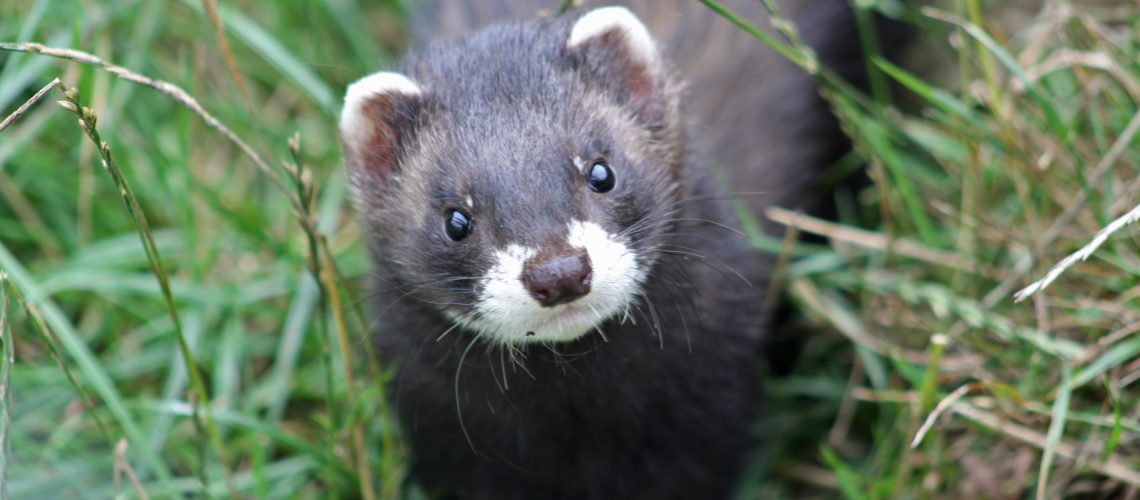
The VWT’s National Polecat Survey, the third of its kind, has been running since January 2014 and is now more than half way through. The aims of the survey are to gather up-to-date information on the current distribution of the polecat in Britain as it expands its range following a severe historical decline, and to collect carcasses for further analysis. During the survey so far we have received more than 1,000 records. More than half of these records were road casualties, whilst about a third were live sightings and a smaller proportion were animals caught in live traps, photographed on camera traps, or found dead (not obvious road casualties). See pie chart.
During the winter months there was a decline in the number of records obtained, with the lowest number received in December. At this time of year, polecats have reduced activity (much like humans!) and so are less likely to be seen and recorded. Records slowly increased through January and February. In March we saw a large increase in records received, most of which were road casualties: the number of reported road casualties was three times higher in March than in February over 2014 and 2015 collectively (see bar chart). March is the peak of the mating season in polecats, where males move around more in search of females, with the unfortunate consequence that many of them are killed on roads. The number of road casualties declined again in April, signalling the end of the mating season.
At the time of writing, more than 170 carcasses have been collected with a good spread of samples from throughout the polecat’s range. We are particularly grateful to people who have collected carcasses for us, as it can often be an unpleasant and smelly task! We are also grateful to our partners at the Centre for Ecology and Hydrology (CEH) who administer the carcass postage scheme and have taken delivery of more than their fair share of smelly polecats. These carcasses will provide an invaluable sample to help us investigate issues that may affect the polecat’s recovery. Of particular interest is the question of how polecats are affected by secondary rodenticide poisoning (which may occur when a polecat eats poisoned prey, such as rats) and whether hybridisation with ferrets is affecting the polecat population, and how both of these issues vary across the country. These questions will be investigated as part of a PhD studentship due to start in September and part-funded by the Vincent Weir bursary in collaboration with the University of Exeter and CEH.
We are now eagerly awaiting the first reports of breeding polecats, which typically start from early May onwards although births can occur as late as July. As we did last year, we’re hoping to receive photos of polecat families. These are often seen in gardens or as females take their kits out on hunting trips. Such photos are a real treat compared with the hundreds of often grisly photos of dead polecats we receive!
If you have seen a polecat, please report the record to our national survey. Our survey continues until the end of this year.